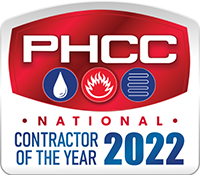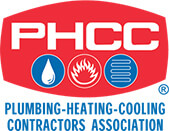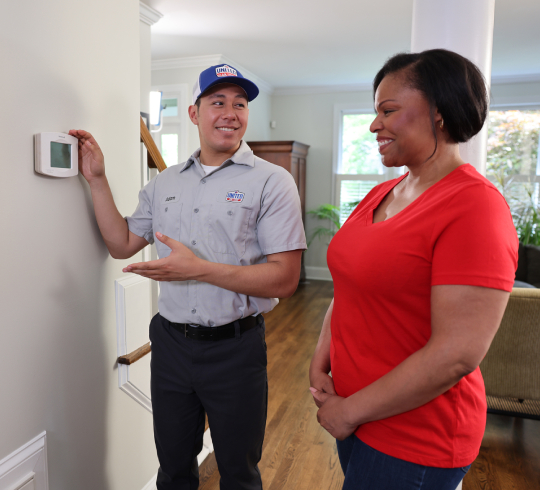
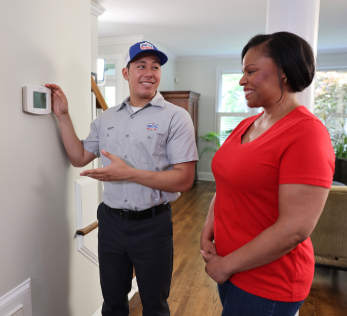
In 90+ years, United Air Temp has evolved into a regional firm that serves the South East United States with over 30 branch offices and more than 300 technicians and staff.
United Air Temp’s history isn’t what one would expect from such a large firm. It began humbly in Erie, Pa. in 1931 as Fowler Heating Company, which manufactured incinerator equipment, and Aire Flow Distributing. By 1950, Fowler Heating Company Conjoined the manufacturing arm of the company and Heating & Air Conditioning partners to focus on HVAC needs to the consumer.
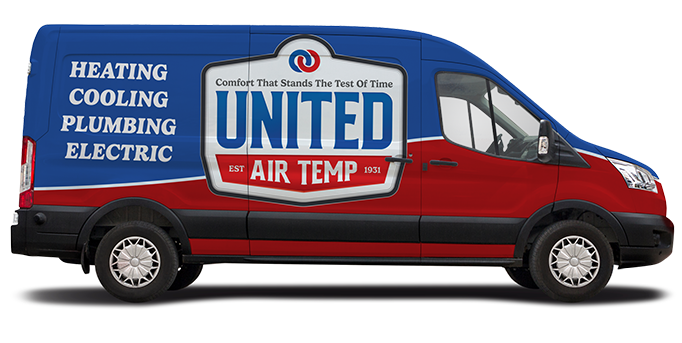


Air Conditioning and Heating Services in Orlando, FL
Expert HVAC and Water Heater Service for All Your Home Comfort Needs in Orlando, FL
To protect the value of your Orlando home and maintain a comfortable environment year-round, critical components like your air conditioning, heating, and water heater/water treatment systems must receive the proper care and maintenance. Turn to United Air Temp when you need a trusted, reliable partner to service your HVAC and plumbing equipment.
Our company was founded in 1931, and with over 90 years of industry experience, you can count on us for superior work quality and professional results. We can provide all the services you need to keep your home comfortable, from AC service and repairs to water heater/water treatment, heating, indoor quality services, and more.
Our technicians are skilled and experienced, and they receive over 40 hours of training annually to keep them up to date. We’re available 24 hours a day for all your HVAC and water heater/water treatment needs, and we strive for complete customer satisfaction with every visit.
Having trouble with your heating or cooling system? Have you noticed a leaking pipe or a clog? Get the help you need fast with HVAC or water heater/water treatment services from our experts at United Air Temp.
Contact us online today for service in the Orlando area.
Air Conditioning Services
Orlando summers are notoriously hot and humid, so it takes a strong cooling system to keep your home comfortable. Our team at United Air Temp can provide the care your air conditioning system needs for reliable, effective operation, and we service all common brands and models of cooling equipment, including central ACs, heat pumps, ductless HVAC systems, and more.
Our full selection of air conditioning services in Orlando includes:
- Air conditioning installation & replacement
- Air conditioning repair
- Air conditioning maintenance & tune-ups
- 24/7 emergency air conditioning service
Keep your home cool and comfortable all summer with air conditioning services from United Air Temp.
Contact us today to schedule an appointment.
Heating Services
When the occasional bout of cold weather arrives in the Orlando area, you need to be able to depend on your heating system to keep your home warm and your family safe. Whether you have a furnace, heat pump, or ductless HVAC system, our skilled technicians at United Air Temp can provide the service it needs to start and run dependably in the cold.
Our heating services in the Orlando area include:
- Furnace installations and replacements
- Heating installations and replacements
- Heating repairs
- Heating maintenance & tune-ups
- 24/7 emergency heating services
Need to schedule heating service or furnace repairs? Contact United Air Temp online to request an appointment in Orlando or the surrounding communities.
Water heater/Water Treatment Services
When you have a water heater/water treatment problem, turn to our experts at United Air Temp for fast, dependable help 24 hours a day. Our services include:
- Water heater repair, replacement, and maintenance
- Tankless water heater repair, replacement, and maintenance
- Water treatment services
- And more
Schedule plumbing services in Orlando today.
HVAC Maintenance Programs
Make sure your AC and heating systems are always up-to-date on their maintenance with our convenient and cost-effective HVAC maintenance plans. They provide two service visits per year to keep your HVAC equipment reliable and efficient, plus they offer great benefits like priority scheduling, service reminders, exclusive discounts, and more.
Our HVAC maintenance plans are ideal for minimizing heating and cooling costs, improving comfort, and maximizing HVAC service life.
Contact us online to learn more about our maintenance plans or sign up today.
Indoor Air Quality Services
When it comes to your comfort, indoor air quality plays a huge role. Air pollutants like dust, pet dander, or mold spores in your Orlando home could cause skin or respiratory irritation and worsen allergies and asthma symptoms.
At United Air Temp, we service and install a variety of indoor air quality solutions to help improve your comfort, including:
- Humidifiers and dehumidifiers
- Air filtration systems
- Air cleaners
- UV air purifiers
Contact our team today to request a quote for an indoor air quality system in your Orlando home.
At United Air Temp, we’re committed to meeting all your home comfort needs, and we’ll work diligently to ensure you’re completely satisfied. We feature licensed, certified technicians, and our company has won several awards for service, including the 2012 PHCC “HVACR Contractor of the Year” award.
Contact us online today to learn more about us and our services for the Orlando area.
What HVAC services do you offer in Orlando?
We provide a comprehensive range of HVAC services, including air conditioning installation, maintenance, repair, and replacement; heating system installation, maintenance, repair, and replacement; indoor air quality inspections; and air purification system services. Our goal is to ensure your home’s comfort and efficiency year-round.
Do you offer emergency HVAC services in Orlando?
Yes, we offer 24/7 emergency services to address urgent heating and cooling issues promptly. Whether you’re experiencing a system breakdown or a severe malfunction, our team is ready to restore your home’s comfort and functionality.
Are your technicians licensed and insured?
Yes, our team consists of licensed and insured professional technicians committed to providing high-quality service and ensuring your home’s systems operate efficiently and safely.
What are the benefits of regular HVAC maintenance?
Regular maintenance enhances system efficiency, reduces the likelihood of breakdowns, extends the lifespan of your equipment, and ensures safe operation. It also helps in identifying potential issues before they become major problems.
Do you offer financing options for HVAC services?
Yes, we provide various financing plans to accommodate your budget, making it easier to invest in necessary home improvements. Our team can provide detailed information and assist you in choosing the best option.
A maintenance plan lowers the risks of premature HVAC system failure. Our maintenance plans consist of steps that help your HVAC system retain its efficiency. Through these plans, our technicians can diagnose problems and fix them on the spot. Here’s a quick overview of the roles our plans play:
- Prepare your HVAC system for the cooling and heating season
- Ensure that the air conditioner and heater are in a full working capacity
- Make sure that the HVAC unit remains energy-efficient
- Prevent excessive spikes in your energy bills
- Save you a lot of money








